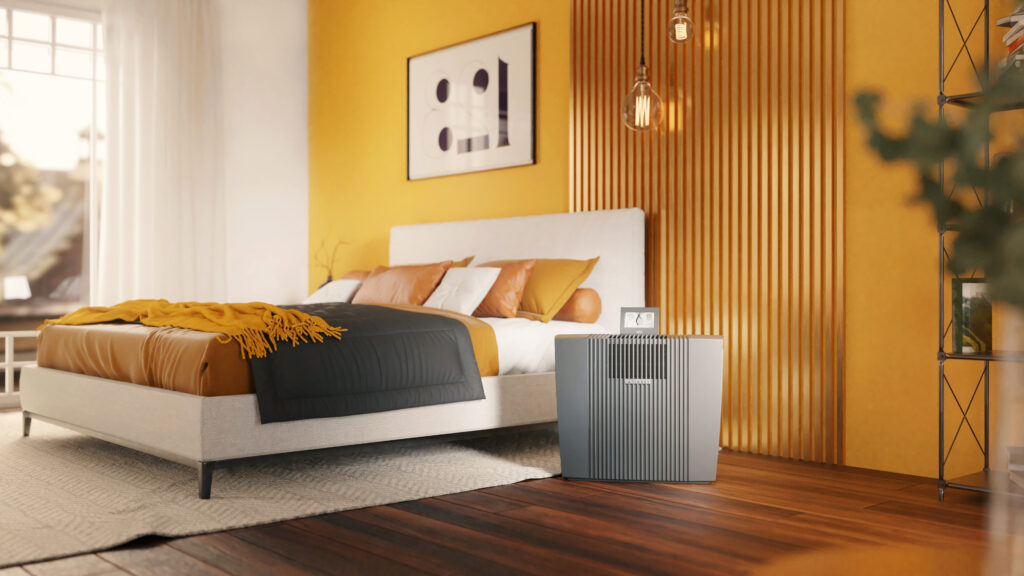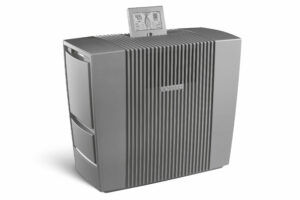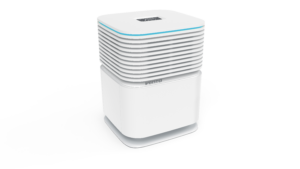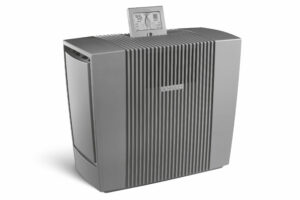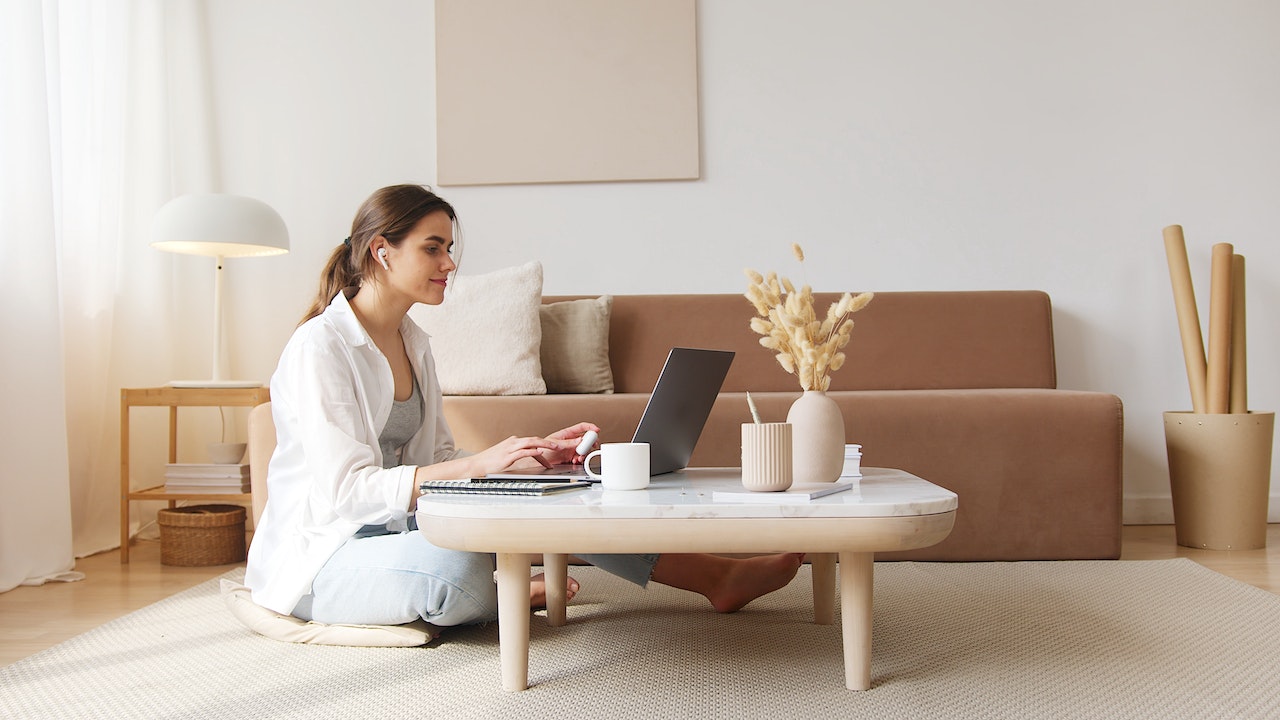
Allergy Relief
Allergies are widespread. Many allergens enter the respiratory system via the air and can trigger overreactions in the body. Particles such as pollen, grasses, dust, or pet hair that are typically harmless can make life miserable for allergy sufferers, who are unable to escape allergens even at home.
However, there are various ways of tackling the root cause and keeping your home allergen-free. What can you do?
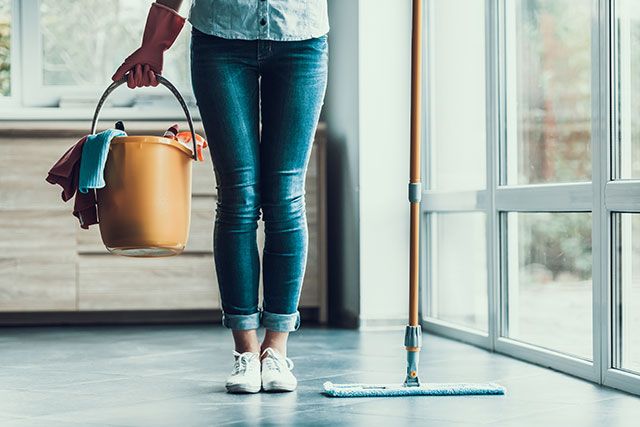
What you can do for allergy relief
There are plenty of steps you can take to prevent allergies from flaring up. Read on for a number of effective tips. Regular cleaning, vacuuming, and dusting help a great deal. It’s also worth thinking about cutting down on carpets and other textiles such as curtains that tend to collect allergens. Additionally, air purifiers can help by filtering allergens out of the indoor air.
For those with an allergy to house dust, here are a few tips:
- Anti-dust-mite covers for mattresses and pillows
- Wash bedding regularly at high temperature
- Avoid items that gather dust and regularly dust in your rooms
- Wear a mask when vacuuming
Allergy Prevention Tips
POLLEN
- Fit pollen screens to your windows
- Do not hang laundry outside during the pollen season
- Do not undress in the bedroom or leave worn clothing there
- Shower before going to bed as pollen can also collect in your hair
PET HAIR
- Opt for a hypoallergenic
- Keep pets away from objects such as soft furnishings and carpets
- Keep pets out of your bedroom


What to look for when purchasing an air purifier for allergy relief
The coverage estimates for the appliance refer to closed rooms. If you keep the doors open, add the areas of the adjacent rooms to your original room size. We recommend that you add another ⅓ to the total room area to ensure the appliance achieves the required results even at a low or medium setting. This also means it doesn’t operate at its limit so the noise level remains low.
Example (room size: 430 ft²): If the doors are open and the room is adjacent to a 160 ft² space, add the two room sizes together (intermediate sum: 590 ft²). Then add another ⅓ of the intermediate sum so that the appliance doesn’t have to operate at its limit. Therefore, the appliance should be designed for an area of approx. 785 ft².
You might also want to take other factors into account:
- Select an air purifier that is no louder than approx. 40 decibels during the day and 30 decibels at night – that way you can also use the appliance in your bedroom.
- The appliance should have a HEPA (high-efficiency particulate air) filter of class H13 or H14. These can filter pollen and other ultrafine particles down to a size of 0.07 µm out of the air.
- Also make sure the appliance does not work with ozone, as this can release additional hazardous substances into the air.
Venta Air Purifiers for Allergy Relief
Air purifiers help filter tiny particles such as pollen, house dust, or pet hair out of the air. They can provide relief from allergies in the home. However, they only trap the allergens suspended in the air. Particles deposited on bedding, soft furniture, or the floor stay in the room. That’s why air purifiers help most in combination with the other tips mentioned here.
The AP902 Professional Air Purifier filters out 99.995% of particles down to a size of 0.07 µm from the air:
- Pollen and allergens
- Household dust & dust mites
- Pet hair
- Viruses
- Bacteria
- Mold spores
- Skin flakes
- Hazardous particulate matter (PM1)
